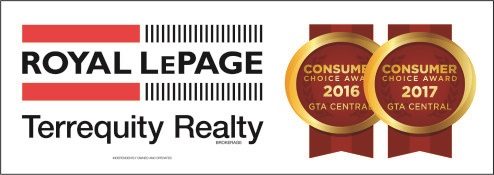Image: George Rudy / Shutterstock.com
Single-family homes have long been part of the American dream and something previous generations strived to acquire to show that they had “made it.” However, millennials’ motivations and purchasing habits could be a driving force towards new housing ideas, potentially making the traditional single-family home less relevant in the 21st century.
Millennials make up a cohort of about 64 million people, and studies have shown that many in this group aren’t buying houses as previous generations did. They also aren’t as interested in purchasing cars or learning to drive compared to baby boomers and Generation X.
U.S. Census data on homeownership rates by age of homeowner shows that, as of the second quarter of 2020, 40.6% of people under the age of 35 (which includes younger millennials) and 64.3% of people between the ages of 35 and 44 (including older millennials) own a home.
In comparison, the homeownership share is higher for previous generations – 72.2% for residents between 45 and 54, 77.4% for those between 55 and 64 and 80.4% for the ones over 65.
Experts point to the Great Recession’s uncertainties a decade ago and the current COVID-19 pandemic as reasons for millennials’ apparent disinterest in suburban single-family homes. Another theory is that millions of millennials care more about experiences than the physical possessions that were so important to past generations.
This will likely impact housing in America, and it will also affect the efforts of dealing with the significant national housing deficit. According to a study by Freddie Mac earlier this year, the U.S. is facing a housing shortage of approximately 2.5 million units.
But if single-family homes aren’t on the list of millennial must-haves, what types of housing are? Long-time journalist and urban policy scholar Diana Lind shares some insights in her book “Brave New Home.”
Considering Co-Living
Co-living is an option that some millennials are trying as an alternative to traditional single-family homes. It’s particularly popular among urban residents and involves people living in a multi-unit dwelling that has common rooms and common dining, as well as group gatherings and classes. Some even have shared child-rearing.
Such a housing option is attractive as it offers the opportunity to connect with different people in the common areas. However, each apartment tends to be on the smaller side and often includes a fold-up Murphy bed as sleeping quarters.
It’s possible that rather than being seen as a subculture, co-living could become a more common housing option, especially among young and unattached residents. Families with children may not be drawn to the co-living scenario, though, depending on their comfort level with the lifestyle.
Right now, most co-living arrangements in large cities can be costly, so having more affordable options would be required to make this a more widespread, reasonable alternative to single-family housing.
Settling for Smaller
Minimalism and smaller dwellings have been picking up speed over the past several years. Many apartments and detached homes that measure 500 sq ft or less are being marketed to singles, couples and even small families.
Some small homes are traditional mobile homes that have been upgraded, possibly requiring creative marketing to make them more appealing to a broader audience. While more young people are considering the tiny home option, it hasn’t yet made enough of a dent in the housing market to have a significant impact.
Still, if tiny homes are an affordable option, it’s possible more and more millennials will try them out, especially in higher-priced markets.
Adding Accessory Dwelling Units
Accessory dwelling units (ADUs) are additional separate units built in backyards or on top of garages behind detached single-family homes. While this was once a difficult option due to zoning regulations, many states have changed their laws and made this more accessible.
While an increase in ADUs could mean more housing options, this is not always the case. Often, ADUs are used as higher-priced rentals, Airbnbs or even additional housing for relatives or visitors. They can also be expensive to build.
Any alternative to traditional single-family housing, including those mentioned, would need to be implemented on a large scale and be affordable enough to become a viable option for increasing the country’s housing stock.
However, it may also be the case that once COVID-19 is under control and the U.S. economy has recovered, young people will find they’re suddenly more interested in suburban single-family homes that generations before them so often coveted. Only time will tell if and how preferences will shift.


